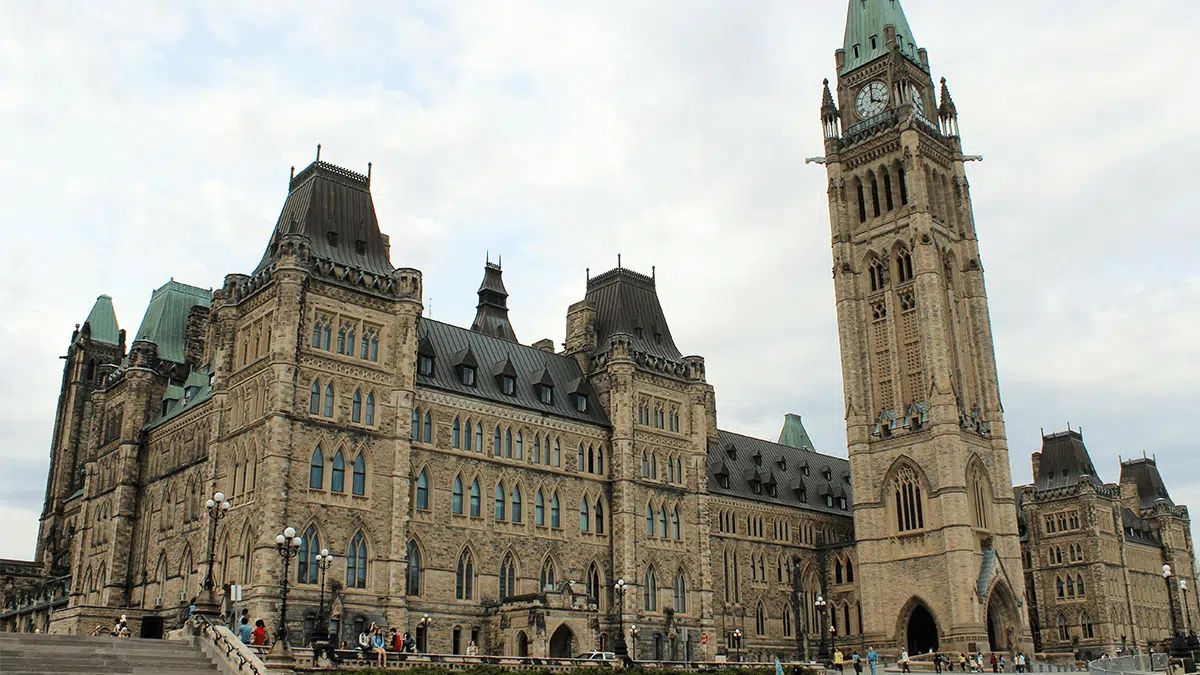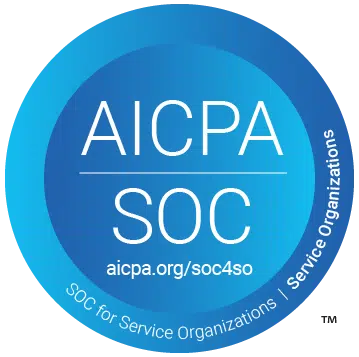
With the rise in public expectations and inflationary pressures, the need for strategic cost optimization in the public sector has never been more urgent. By moving beyond blunt cost-cutting and embracing strategic, data-driven optimization, governments can reduce expenditures while simultaneously improving service delivery for their constituents.
Failures and Shortcomings of Traditional Approach of Cost-Cutting
Historically, public sector cost management has relied on three main tactics: across-the-board cuts, capping cost increases, and mandated agency reductions. While these approaches may seem fair or expedient, they often create more problems than they solve.
Across-the-board cuts ignore the unique needs and spending patterns of different agencies, leading to inefficiencies and setbacks in critical programs. Capping cost increases stifles innovation and can defer essential investments, resulting in higher costs down the road. Mandated agency reductions, meanwhile, are rarely informed by a deep understanding of operations and can undermine service quality
Ultimately, these cuts lack strategic intent. They do not differentiate between high-impact and low-impact spending, and they rarely lead to systemic change.
Strategic cost optimization, on the other hand, seeks to realign public spending with mission-critical outcomes. It's not about spending less—it's about spending better.
The Shift to Strategic Cost Optimization
A more effective path is emerging for the public sector, one that embeds strategy into every aspect of cost management and service improvement. This approach, often described as "spend smarter and serve better," is already delivering significant results.
Governments that adopt strategic cost optimization can recoup at least 10% of costs using existing tools and practices. When new technologies like artificial intelligence and generative AI are fully leveraged, the potential savings can reach 25% to 35% over a decade or more, all without widespread job losses.
Key Principles that Drive Smarter Spending & Cost Optimization
The strategic cost optimization model in the public sector is not limited to a particular geography or industry. Whether in local social services or national defense, the principles of strategic cost optimization can be applied to unlock both immediate and long-term savings while enhancing public value. Below is a deeper analysis of the key principles that drive smarter spending and cost optimization strategies.
1. Procurement Reform
Procurement often accounts for 30% to 50% of total government spending, yet inefficiencies abound. Decentralized purchasing, lack of scale, and a focus on compliance over value mean that agencies frequently pay different prices for the same goods and services.
By centralizing procurement, negotiating better contracts, and leveraging government-wide buying power, agencies can save 10% to 20% on procurement costs. These savings are not only substantial but also sustainable — provided procurement models are reformed and modernized.
2. Asset Management
Many governments continue to operate with outdated, space-inefficient facilities and underutilized assets. By better managing assets, agencies can improve both staff working conditions and public interactions while reducing costs by 25% to 35% in this area.
3. Process Improvement
Cumbersome, outdated processes drive up costs and frustrate both employees and citizens. By simplifying procedures, adopting proven change management techniques, and transitioning to modern technologies, governments can operate more efficiently. Streamlining processes can yield cost reductions of 10% to 20% while also enhancing the user experience by removing bureaucratic "sludge".
4. Service Design
Redesigning how services are delivered can achieve the same or better outcomes at lower cost. This might mean consolidating overlapping programs, shifting from institutional to home-based care models, or introducing alternative delivery channels such as third-party partnerships. On average, service redesign can reduce program costs by 5% to 15% while making services more resilient and future-ready.
5. Organization Design
The complexity and bureaucracy of public organizations often slow decision-making and inflate costs. By reviewing management structures, streamlining cross-agency coordination, and modernizing workforce management, agencies can reduce people-related costs by 10% to 20%, all while improving service delivery and staff engagement.
6. Technology and Digital Transformation
Technology is a game-changer for cost optimization. Governments must keep pace with rising constituent expectations and address the limitations of legacy systems. By digitizing interactions, automating routine processes, and upgrading systems with AI and other advanced tools, agencies can unlock major efficiencies.
For example, AI-powered chatbots can provide 24/7 service, automation can streamline approvals and data entry, and integrated platforms can enhance decision-making and cybersecurity. When fully implemented, these changes can deliver savings of 25% to 35%.
Looking Ahead: Smarter Spending for Stronger Government
In 2025 and beyond, fiscal pressure on public institutions will only grow. But that doesn't mean the only option is cutting costs. With the right strategy, governments can reinvest savings into high-impact areas, modernize outdated service models, and build public trust.
The path forward is not to "spend less"; it is to spend smarter.
At Bronson Consulting, we're committed to helping governments across Canada reimagine how they allocate resources. From project management to outcome-based planning and business process transformation, our team works alongside public leaders to unlock efficiency without sacrificing mission.





